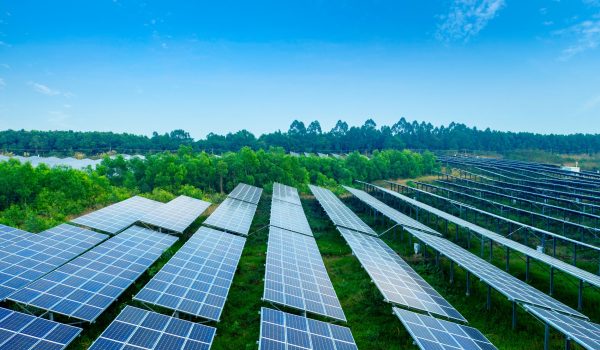Costs of raw material extraction from WEEE
Geopolitical instability, accessibility of specific minerals and dwindling reserves create risks in the value chain. This increases the strategic relevance of extracting raw materials from waste electrical and electronic equipment (WEEE) in the EU. This article examines the amounts of critical raw materials (CRMs) originating from WEEE streams from a depletion perspective.
For a long time, recycling targets have been based solely on mass collection and recycling rates. This article explored the potential limitations of this approach using an exergy-based indicator called thermodynamic rarity. This indicator represents the exergy costs required to produce materials from raw rock to market. Italy has been used as a case study to explore the application of the indicator at the macro level (national) and micro level (company) for the product categories “small electronics” and “screens and monitors.”
The estimates show significant differences between the mass and rarity of materials within Italian WEEE streams. Although iron accounts for more than 70% by weight of the analyzed product categories, it accounts for less than 15% of the rarity. Similarly, several low-mass CRMs have a higher rarity value, such as tungsten with less than 0.1% of the mass and more than 6% of the rarity. It also highlights the policy context, arguing that thermodynamic rarity can provide new insights to support decision-making processes related to WEEE end-of-life, for example for recycling targets and standards to prioritize materials monitoring and recovery options.
Other relevant publications
Re-use of soundbars
How feasible is it to give soundbars a second life? Commissioned by Stichting OPEN, Second Use investigated the re-use potential of four soundbar models, revealing insights into repairability, consumer interest, and key barriers.
Re-use of cordless vacuum cleaners
The re-use of cordless vacuum cleaners presents interesting opportunities, but battery replacement costs pose a significant challenge. This study, conducted by Second Use on behalf of Stichting OPEN, examines the feasibility of refurbishment and identifies key improvements to extend the lifespan of these appliances.
The role of extended producer pesponsibility (EPR) in the energy transition
Analysis of the implementation of EPR for batteries in electric vehicles, solar panels, and wind turbines







